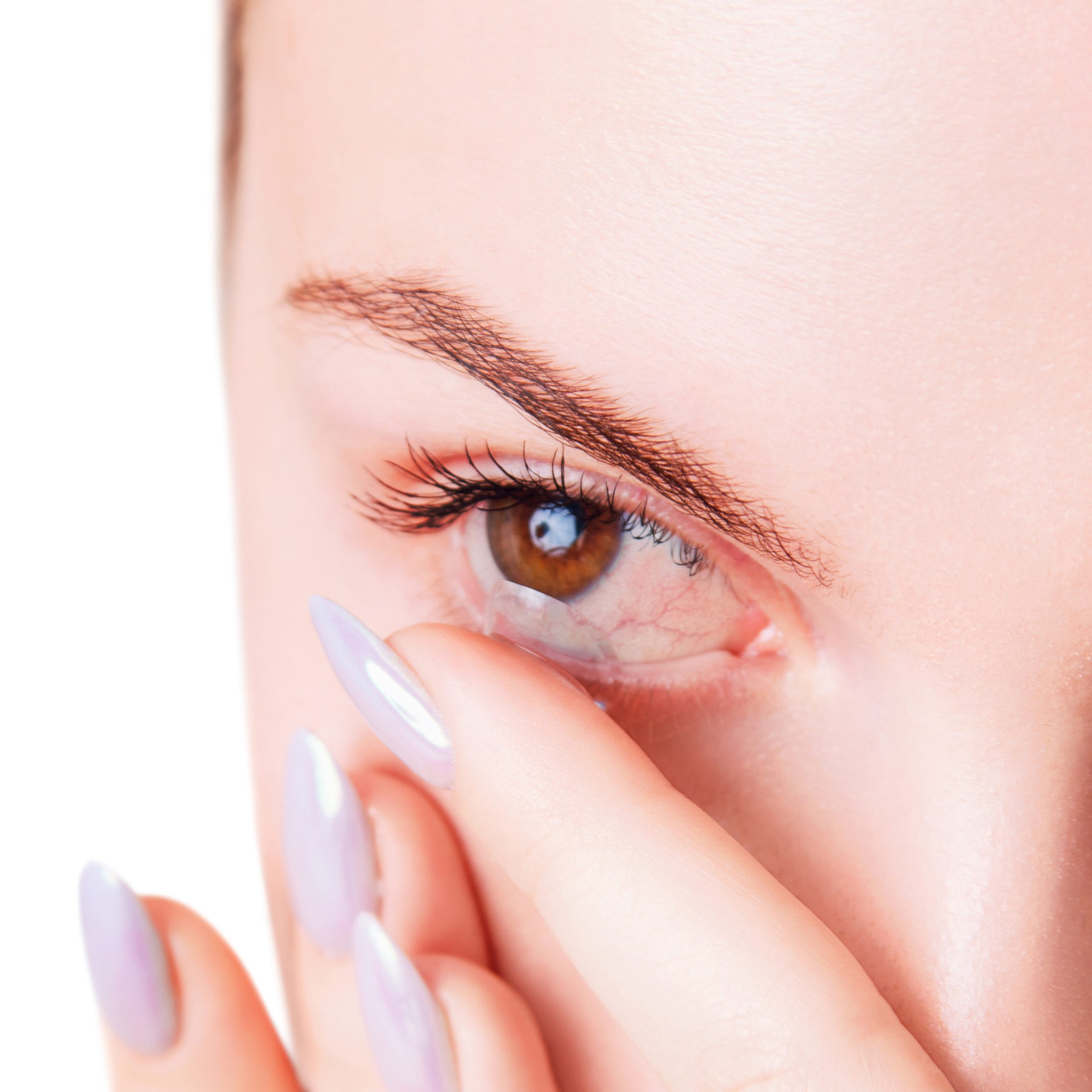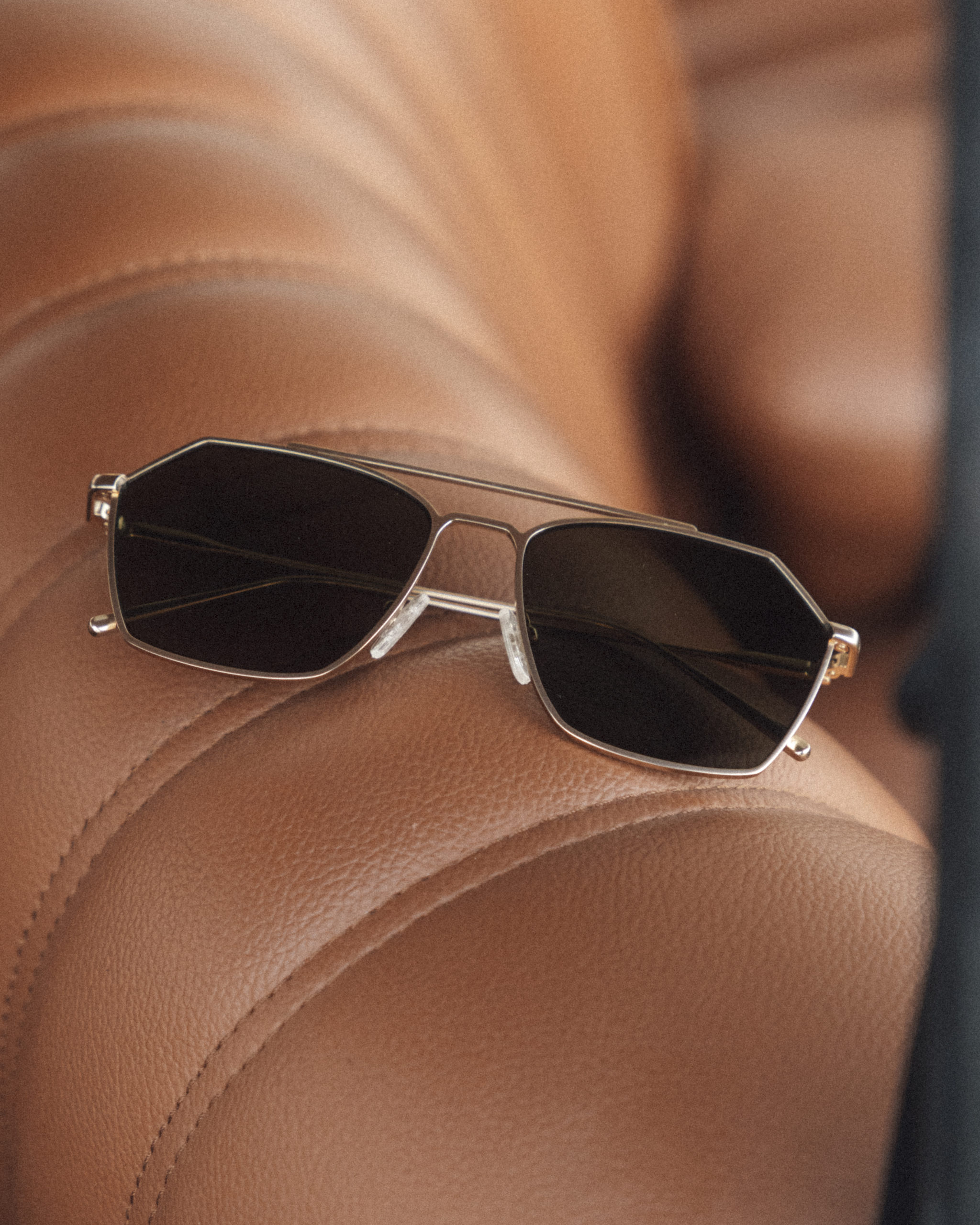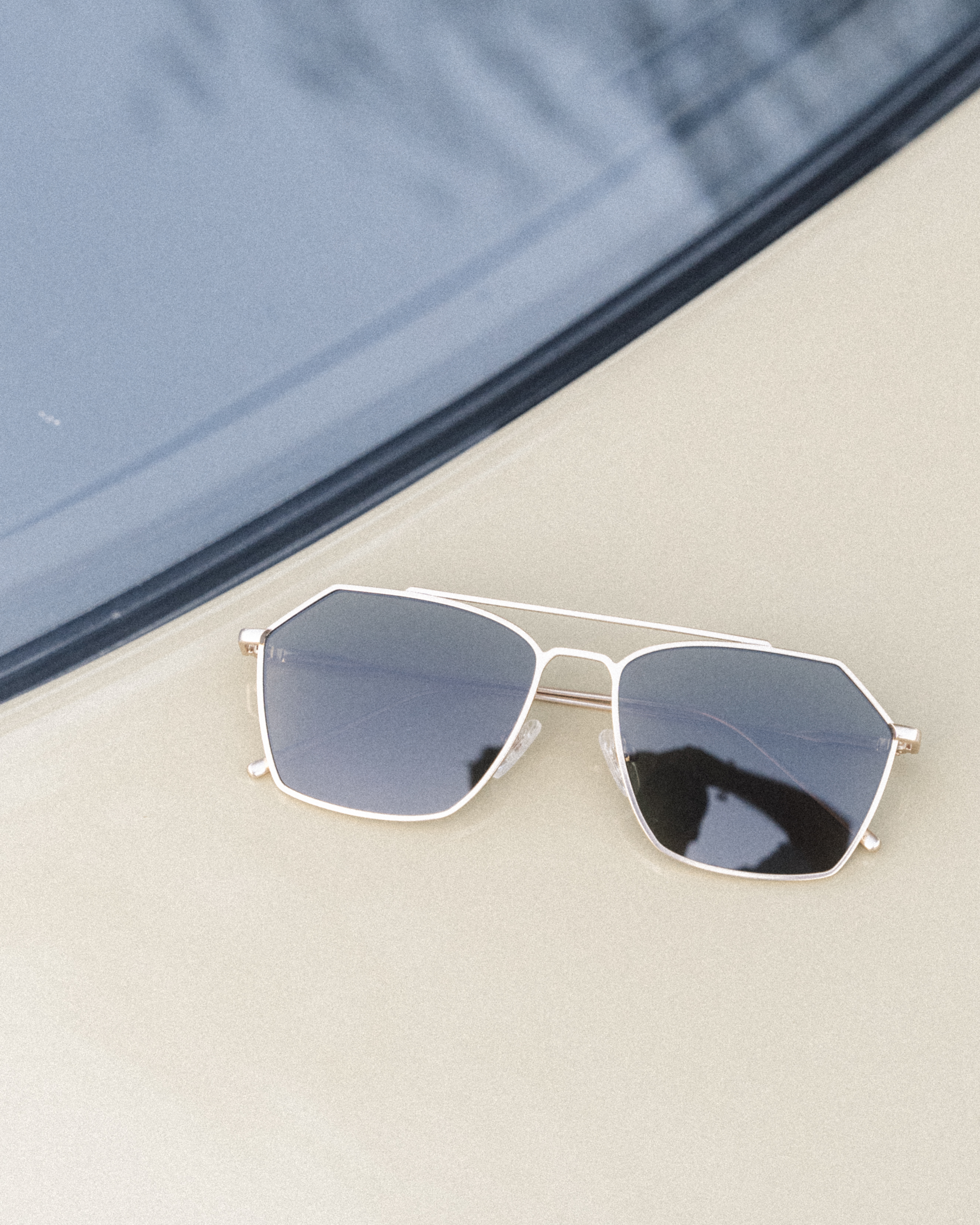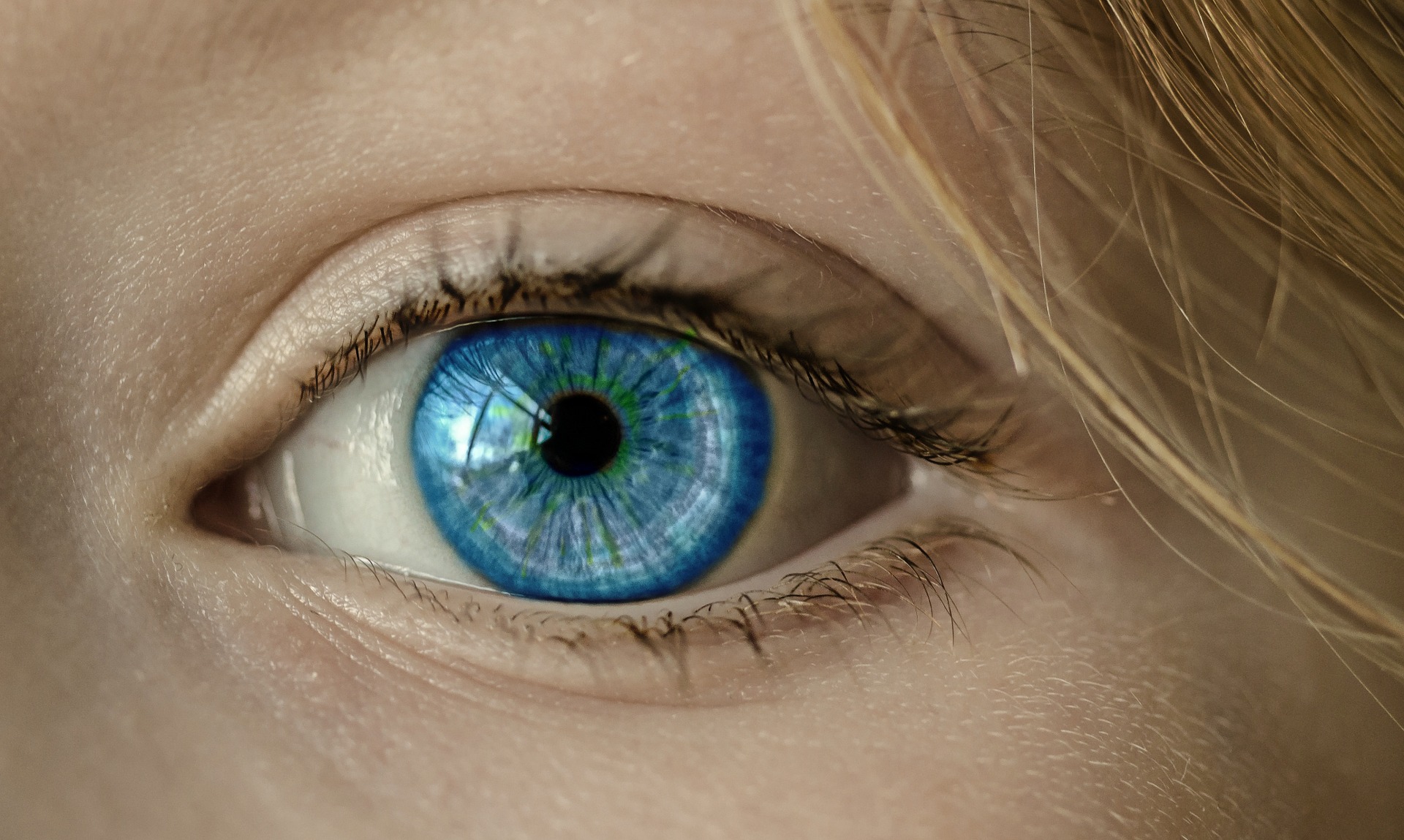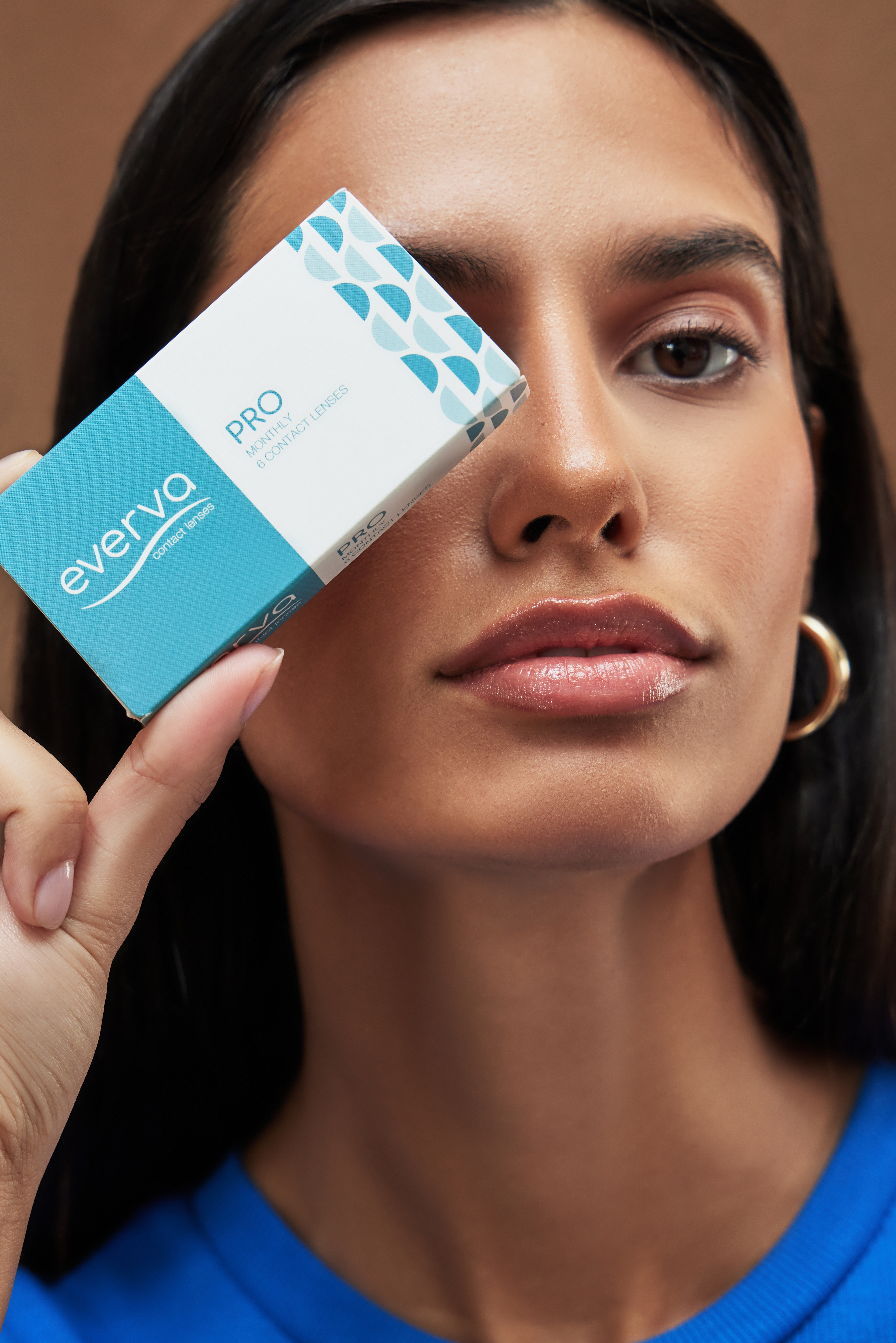Probably one of the most common complaints that people who wear contact lenses have is that their contact lenses make their eyes feel dry. Dry eyes or dry eye syndrome is a common eye problem among contact lens wearers and non-wearers alike. However, the symptoms of dry eyes are much more pronounced in people who wear contact lenses and they feel that their contacts start to dry out. Dry eye is a common reason for developing eye discomfort among contact lens wearers.
For people who suffer from symptoms such as scratchy, irritated and red eyes while wearing contact lenses, switching to a different type of contact lenses or lens care product usually helps in making the eyes feel more comfortable.
Contact lens-induced dry eyes (CLIDE) symptoms are the leading cause for people to discontinue wearing contact lenses. For people who develop contact lens-induced dry eyes (CLIDE), contact lens manufacturers have developed new technologies that aim to reduce the CLIDE symptoms.
Managing the problem of dry eyes starts with visiting the eye doctor who evaluates the cause of dry eyes and determines the best way to enhance your contact lens wearing comfort. Many people avoid talking to their eye specialist about contact lens-related dry eyes as they fear that they might be told to stop wearing contact lenses altogether. But with the variety of contact lens options available and the countless care products available, the need to discontinue contact lens wear altogether is very unlikely.
So, what causes dry eyes?
There are many reasons that could lead to dry eyes, such as:
- Damage to the skin or diseases of the skin around the eyes.
- Damage to the tear glands of the eyes.
- Certain diseases such as Sjogren’s syndrome and other autoimmune conditions.
- Medications such as blood pressure medicines, birth control pills, antihistamines, certain antidepressants.
- Hormonal changes that occur in menopause.
- The dry eye could also be associated with aging eyes or certain allergies
- Prolonged wear of contact lenses could also cause dry eyes.
Studies show that around half of contact lens wearers develop contact lens-related dry eye. Dry eye may lead to symptoms such as burning sensation, pain, gritty feeling, a foreign body sensation in the eye. Some people may experience blurring of vision. It may become difficult to wear contact lenses. However, you do not have to give up wearing contact lenses if you have a dry eye. The first essential step is to treat the underlying cause of dry eye. The second step is to identify the type f lens which is best suited for your eyes.
Your doctor can help in identifying the underlying cause of the dry eyes. Your doctor may recommend lubricating eye drops if your eyes are not producing sufficient tears. If there is any medicine that is causing the dry eye, your doctor may advise you to switch to a better substitute. Your doctor may plug the drainage system in your eyes to ensure that more moisture is retained in your eyes. This option may be offered in severe cases. If your doctor identifies that the problem is with your lens, he/she may prescribe a different kind of lens. Here are the commonly prescribed lenses for people with dry eyes:
Lens materials: There are many contact lens materials available for dry eyes. Soft contact lenses designed from flexible plastic material allow oxygen to pass through the eyes. Rigid gas permeable contact lenses are composed of a harder material, but they allow optimum oxygen to reach the eye. Soft contact lenses are made from hydrogel, which contains water. Disposable soft contact lenses are worn for a day and then discarded. Extended wear soft contact lenses can be worn for up to 4 weeks and then discarded. By changing your contact lenses daily, you can prevent the deposition of protein and debris, which makes the eyes feel even drier. For dry eyes, you may want to switch to silicone-based hydrogel lenses. These lenses do not allow the water to evaporate as quickly as other lens materials. They may be able to manage dry eyes better than the regular hydrogel contacts. At present, Proclear is the only brand of disposable contact lenses that are FDA-approved to help reduce the sensation of dry eye discomfort. They are designed from a high-water hydrogel material and contain molecules found naturally in human cell membranes, keeping the lenses moist and comfortable for long hours.
High water hydrogel lenses are prescribed by many doctors to reduce contact lens-related dry eye problems. These lenses have special water-binding properties that help them to retain virtually all their water content throughout the day.
Lens water content: On the basis of the water that these lenses contain, Soft contact lenses are categorized as high water content and low water content contact lenses. High-water content lenses tend to dry out the eyes more than low water content lenses. Tend to send more moisture to the eye when you first start using them, but they tend to dry out faster. Hence, these lenses are more likely to cause dry eyes than lenses with low water content. You may need to try out lenses that have different water contents until you find the ones that work best for you.
Scleral Lenses For Dry Eyes
Scleral contact lenses are a great option for people with dry eyes. They are large-diameter rigid, gas permeable lenses that cover the entire corneal surface and prevent the front surface of the eye from drying out. Scleral lenses also are custom-made to fit even irregular corneas and usually provide sharper vision than soft contact lenses.
Orthokeratology
Orthokeratology or Ortho-K is a special fitting technique for contact lens in which specially designed gas permeable contact lenses are prescribed to be worn overnight only. The idea is that, while you sleep, these specially designed lenses reshape the front of the eyes (cornea) and help in correcting near-sightedness and other refractive errors so that you are able to see clearly without the need for contact lenses or glasses. By eliminating the need to wear contact lenses at daytime, ortho-k lenses may help in minimizing contact lens-related dry eye symptoms.
Contact Lens Care Products
Not all the contact lens disinfecting, contact solution and storage products work best with all types of contact lenses. Especially, many silicone hydrogel contact lenses need special lens care products to optimize eye comfort. Your doctor may have recommended a specific contact lens care product during your visit for contact lens examination and fitting. If at a later stage you switch to a different brand, you may notice some eye problems. This is because not all eye care products are suited for the contact lenses for dry eyes. Always consult your doctor for advice on the contact lens care products and bring the bottles along when you visit your doctor.
Are You Sensitive To Preservatives?
Another issue that some contact lens wearers face is that they develop intolerance to preservatives in multipurpose contact lens solutions and these symptoms can mimic contact lens-related dry eyes. If your doctor suspects that you are sensitive to the preservatives that are present in your contact lens care products, he or she may switch to a preservative-free lens care system which is hydrogen peroxide-based. Another effective way to avoid sensitivity problems due to contact lens solutions is by switching to daily disposable contact lenses. The benefit of these lenses is that they do not require lens care products, because they are discarded after every single use.
Eye Drops
Sometimes some people with contact lens-related dry eyes benefit from the occasional use of eye drops which are known as artificial tears, rewetting drops or comfort drops. Although these lubricating eye drops help in providing short term relief from contact lens-induced dry eye symptoms, there are some drops that are much more effective and longer-lasting than others. Talk to your doctor about the ones which are best suited for your eyes. There are many over the counter eye drops available but all of them are not compatible with contact lenses material are not intended for use with contact lenses. Your doctor will be able to guide you regarding other possible remedies for treating contact lens-induced dry eyes such as flaxseed and fish oil supplements, eye vitamins, as well as prescription eye, drops for dry eye relief.
Care for your contact lenses
There are many options to help you relieve dry eye symptoms. Switching to a different type of contact lens as recommended by the doctor is a good place to start. The next important thing is to take care of your contact lenses. Make sure you keep your lenses clean and change them as per the manufacturer guidelines and recommendations. You should only be wearing your lenses for the amount of time that is prescribed by your eye doctor. There are a variety of options to help you relieve dry eye, to keep your eyes moist, use rewetting drops before you put your contact lenses on. Use these drops throughout the day as advised by the doctor so that your eyes stay moist. When you are in a very dry environment such as in a heated room during winter months, you may need to increase the frequency of eye drop application. Your doctor may prescribe preservative-free eye drops if your eyes are sensitive to the preservatives in the eye drops.
You need to stop wearing contact lenses for some time if you continue to have problems despite trying different lenses and solutions. Keep your eyes moist with preservative-free tears for some days to help your eyes recover. Consult your doctor before trying the contacts again.

